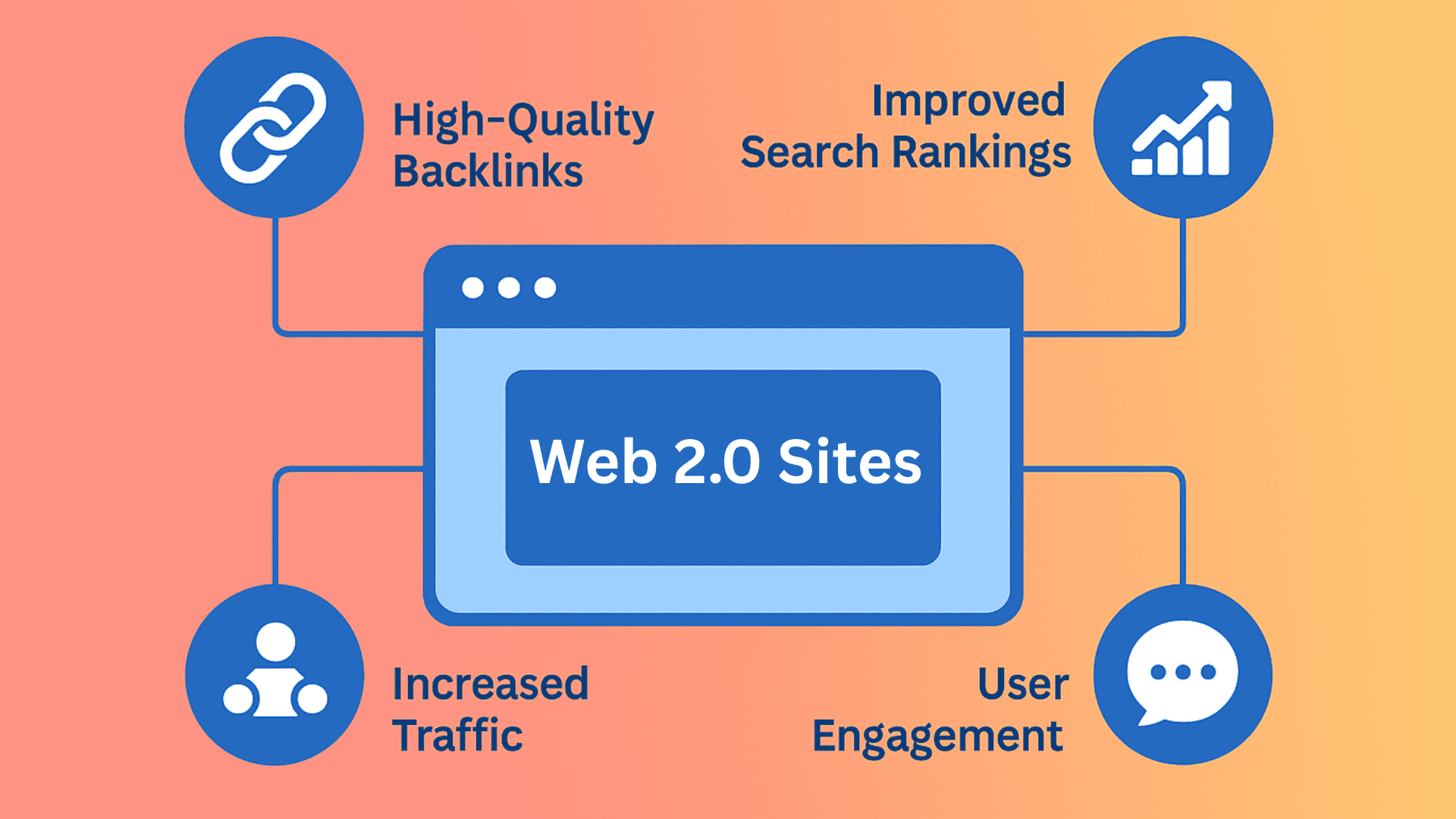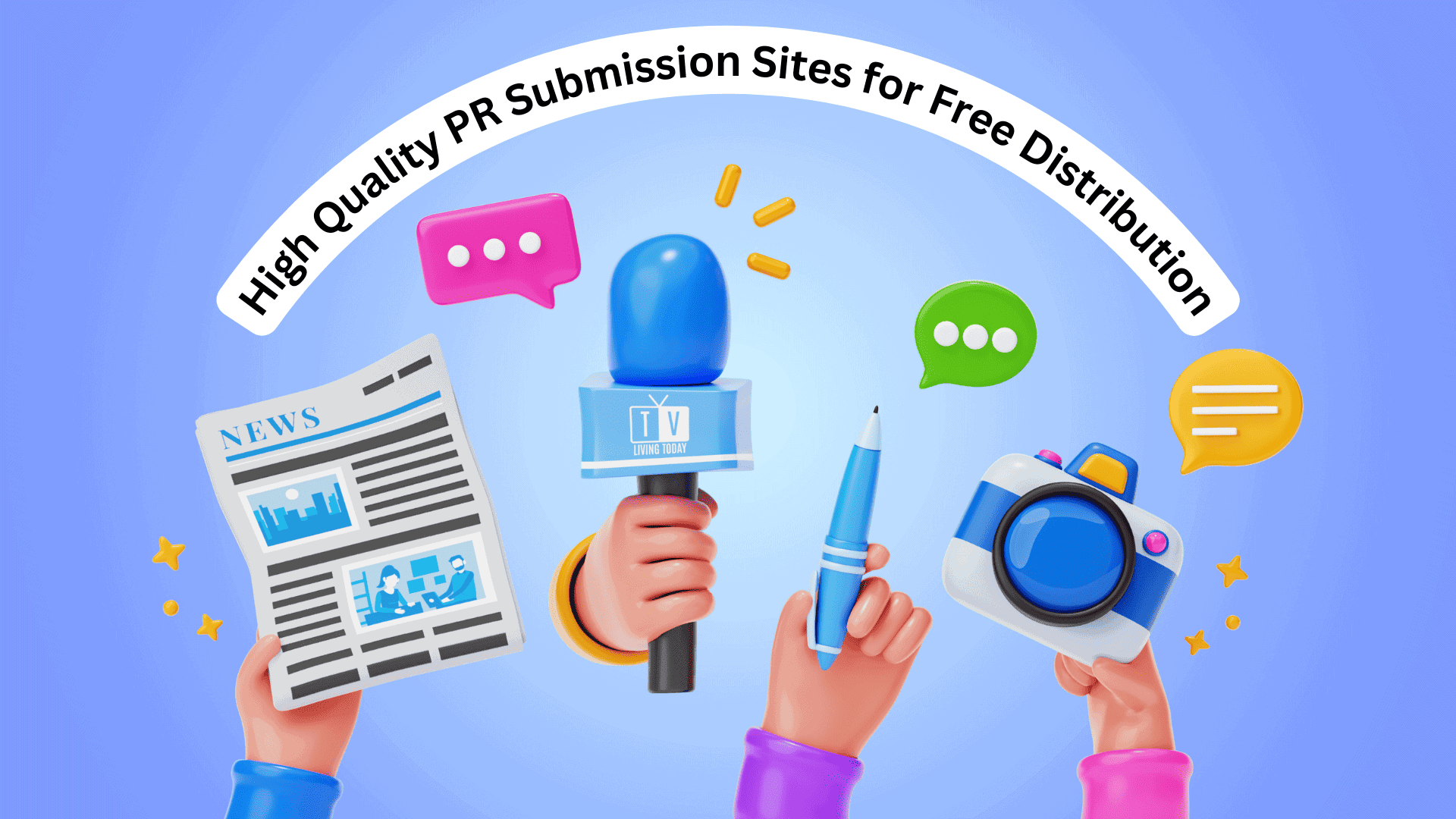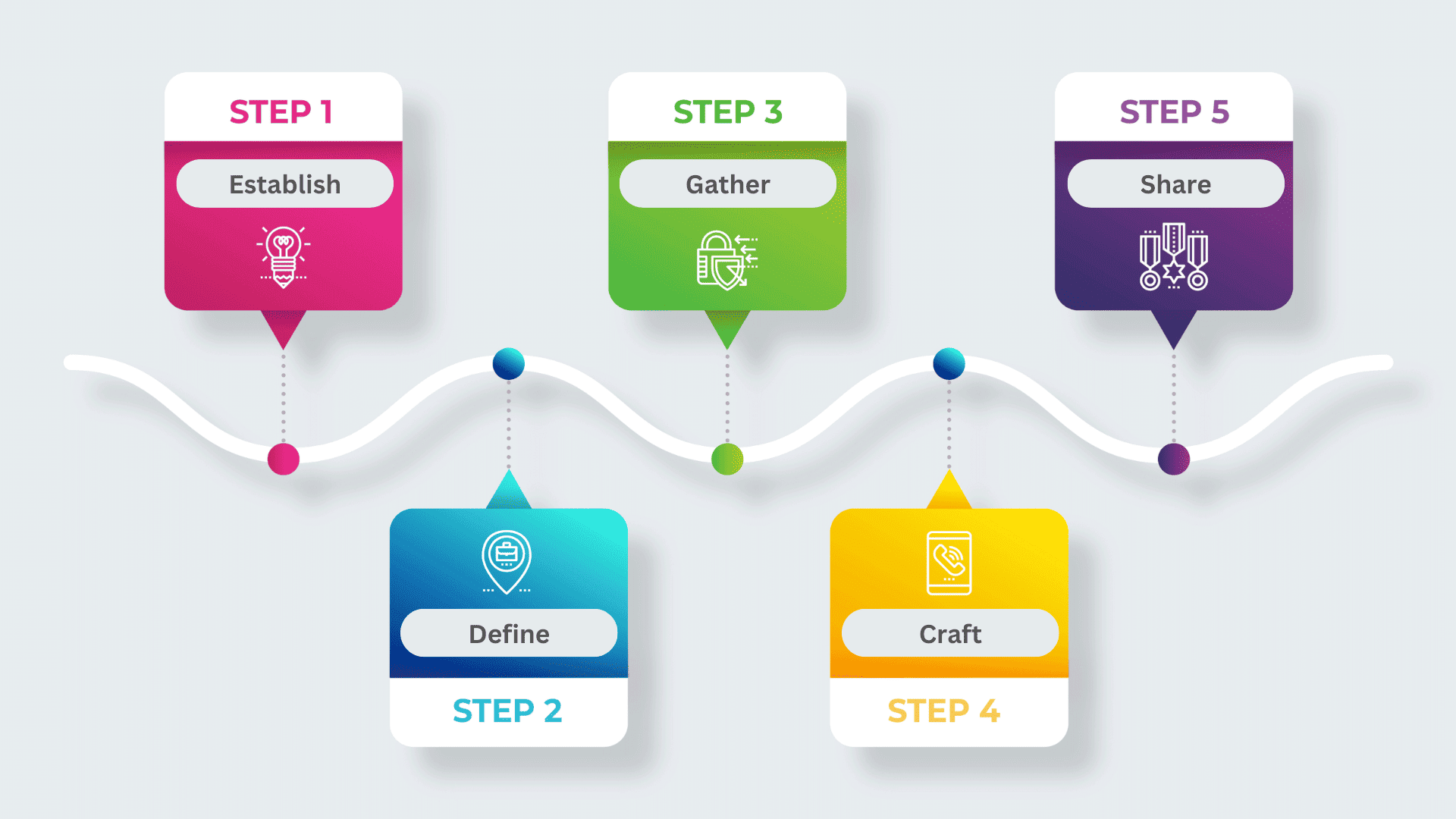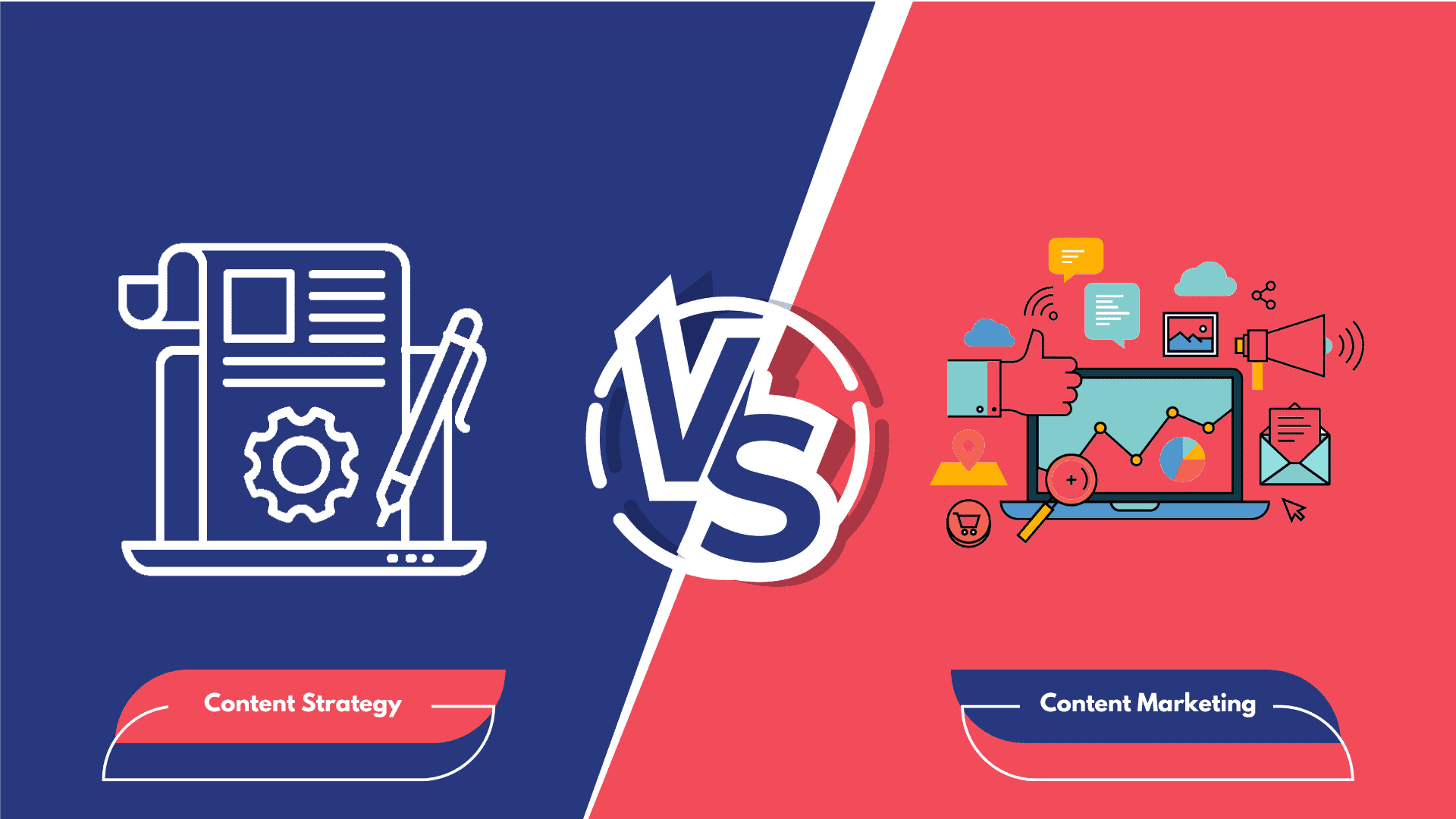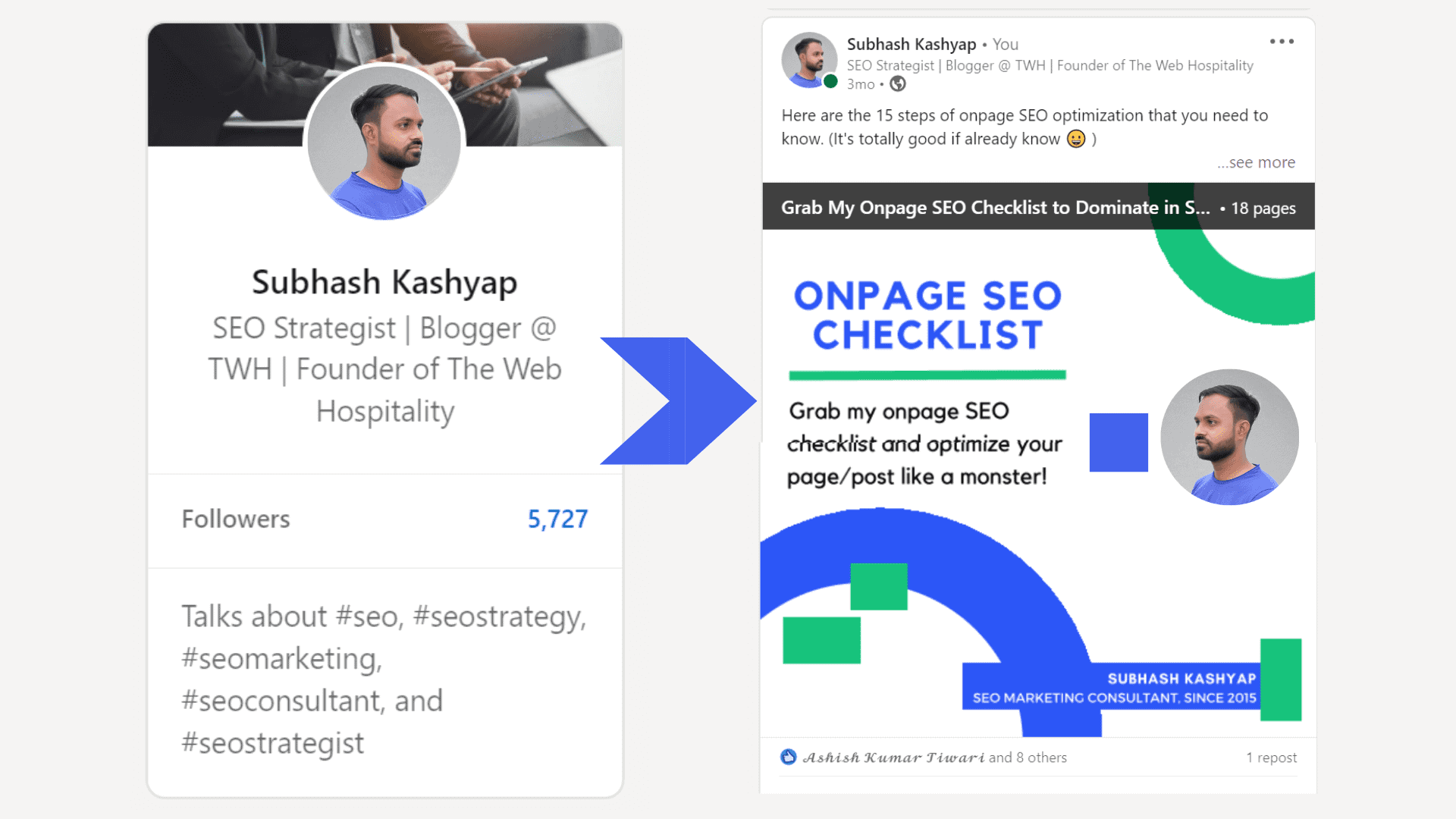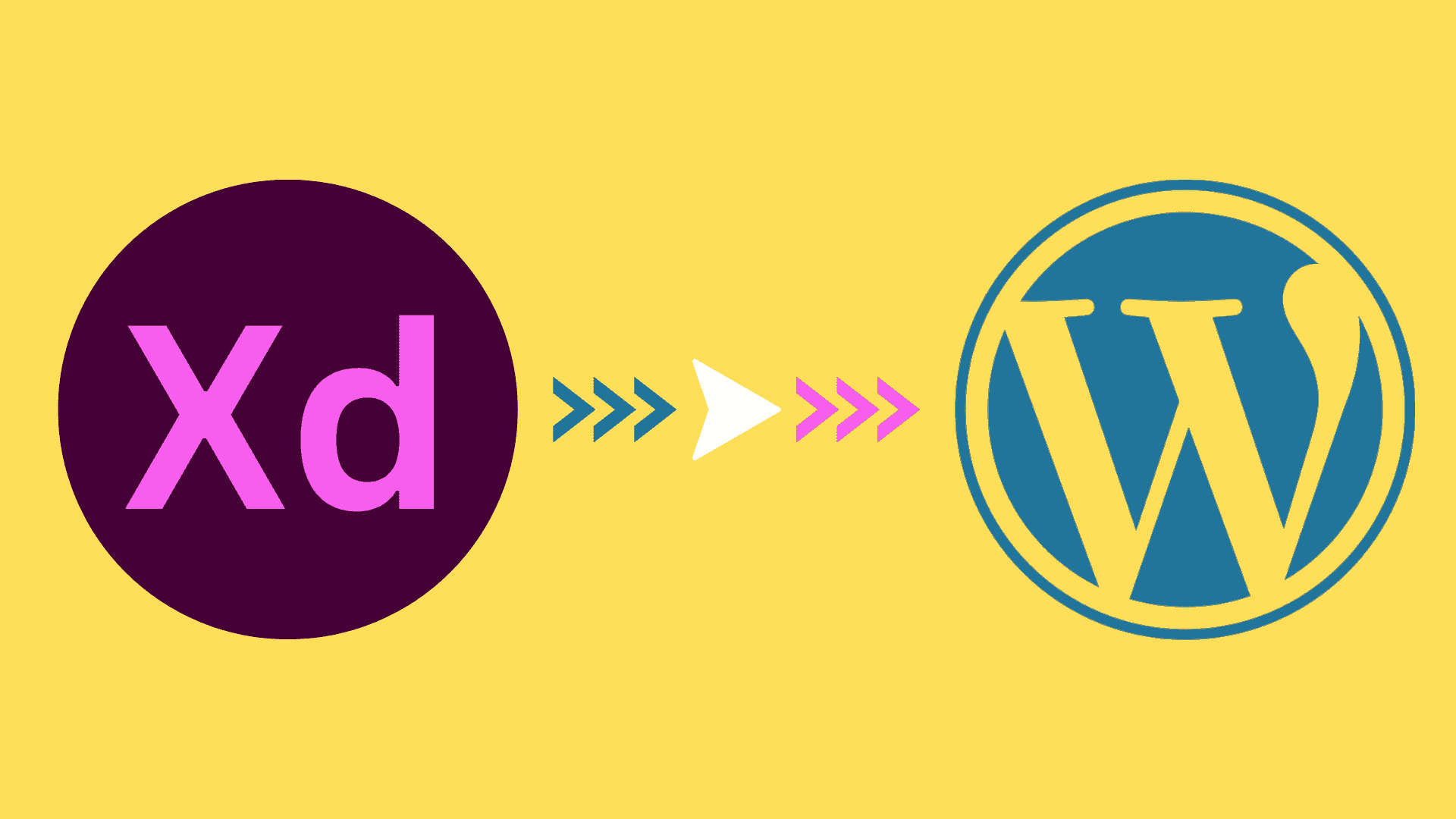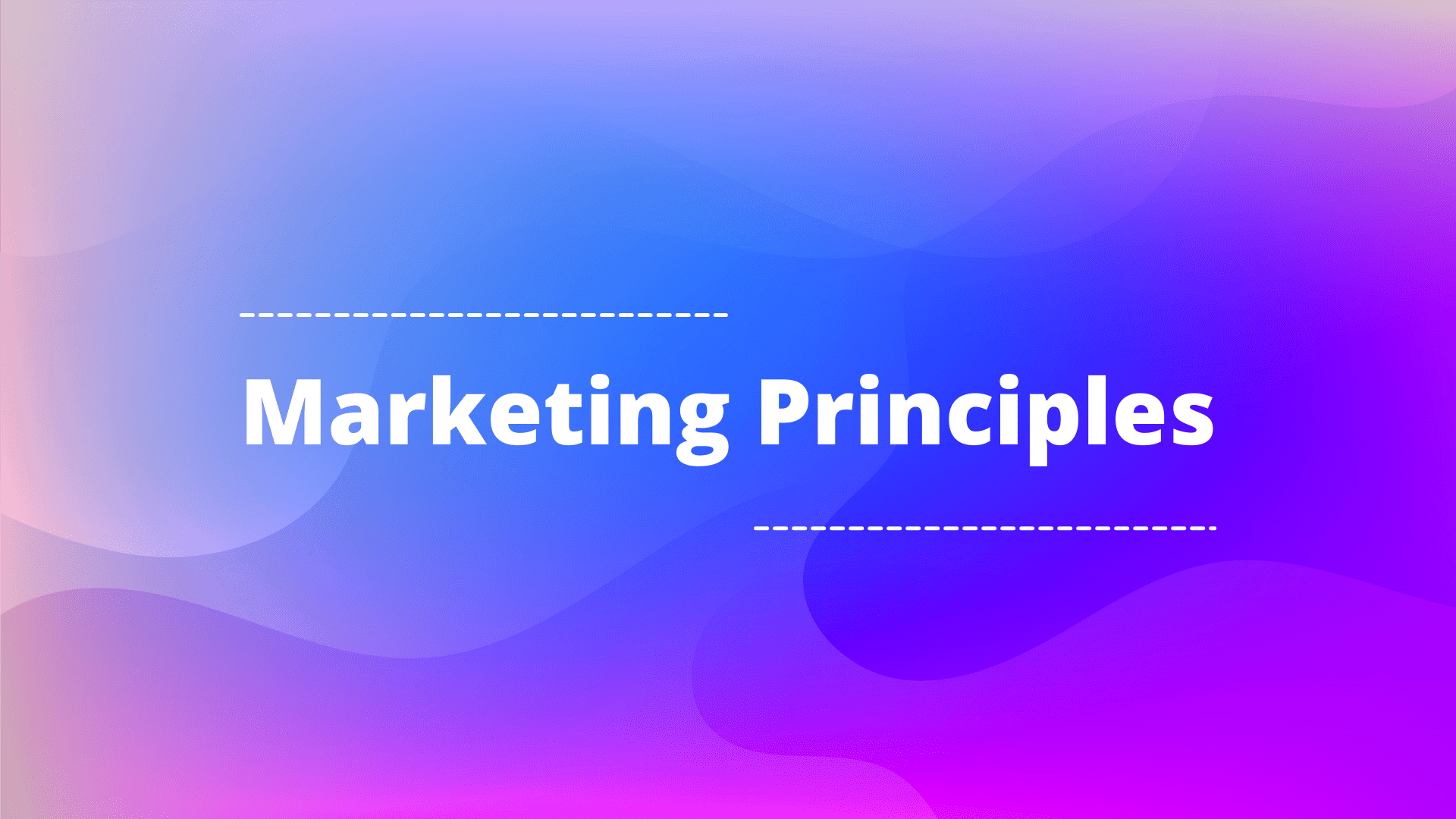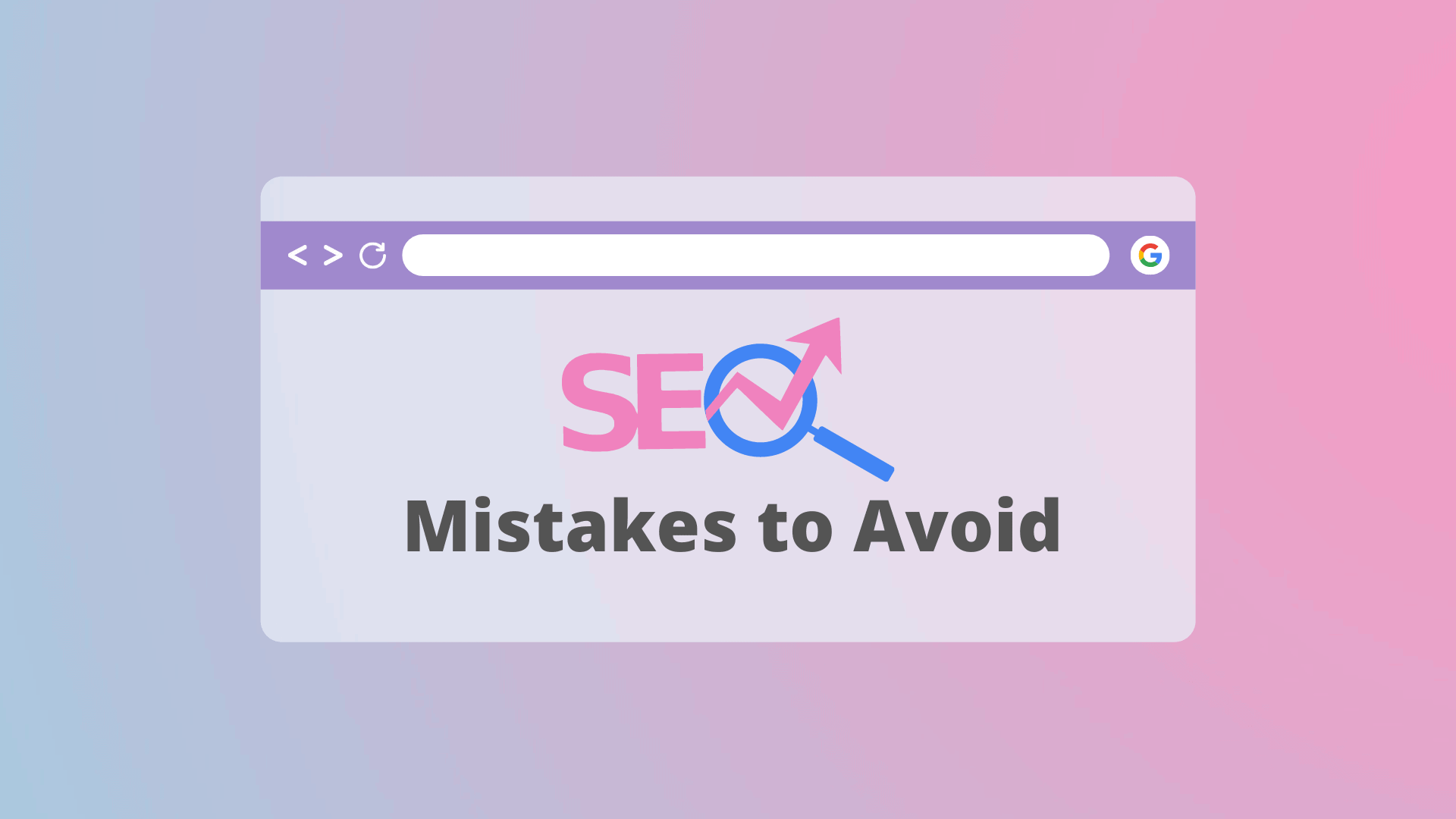Marketing a brand is a challenging undertaking for anyone.
The top marketers in the industry need to have fundamental knowledge and understanding regarding its primary concepts.
But developing a successful marketing strategy can do wonders for your company and give out incredible results.
More than 86% of ad campaigns done by companies with a good marketing plan delivered the best results in 2024. (Source – https://findstack.com/advertising-statistics/)
So, in this guide, I’ll be discussing the widely accepted functions of marketing and how they work.
We’ll also go into the top reasons you should focus on your brand’s marketing.
Table of Article Contents
ToggleWhat is Marketing?
The Merriam Dictionary defines marketing as “the process or technique of promoting, selling, and distributing a product or service.” (Source – https://www.merriam-webster.com/dictionary/marketing)
However, this definition alone will not help your understand what marketing actually entails in a practical sense.
Hence, I would say that marketing is a general field that aims at appreciating consumer needs while maintaining friendly ties with them over a long period of time.
Marketing involves promoting, selling and distributing your products and services with other functions working hand in hand alongside it.
On the other hand, it involves other four steps which I will elaborate in the following section.
Since, marketing is an all-encompassing discipline, it tends to be present in any business from beginning to end.
You’ll obviously have to know your customers’ buying patterns first before creating and supplying your merchandise.
However, doing so properly will help enhance your brand’s credibility within the sector as well as increase your sales.
What are the Different Functions of Marketing?
The various functions of marketing are fundamental when developing a comprehensive and successful marketing strategy.
They contain a list of objectives and responsibilities you’d need to consider to execute an outstanding campaign.
There are seven widely accepted marketing functions.
They work closely to make your brand more visible and increase your reach across a competitive marketplace.
With this, the seven functions of marketing are:
- Promotion
- Selling
- Product and Service Management
- Marketing Information Management
- Pricing
- Financing
- Distribution
Each marketing function has different purposes and strategies you can develop.
The only important thing to note is that they’re all necessary for executing an exciting marketing campaign for your brand.
Let’s take a closer look at each stage below.
#1 - Promotion
One crucial function of marketing is promotion because it focuses on increasing your brand’s awareness, reach, authority, and visibility in the industry.
Its goal is to get your name, products, or services stuck in the heads of your target audience so they’d purchase from you.
Thus, any brand will benefit from having a comprehensive promotional strategy.
While there’s no one-size-fits-all technique to get your products or services out there, focus on providing information about your brand and what you can offer.
You can incorporate some aspects of advertising, digital PR, and traditional PR to build your reputation and persuade your target audience.
A mix of the best promotional tactics and functions of advertising below can do wonders for your brand:
- Affiliate marketing
- Content marketing
- Digital advertisements
- Email marketing
- Influencer marketing
- Partnerships
- SEO marketing
- Social media advertisements
- Special brand events
- Traditional advertisements
Your promotional strategies have the power to make or break your relationship with your prospects.
That’s why it’s necessary to execute techniques that would spark conversations and excitement over your products or services.
#2 - Selling
Other than promotion, selling is also a vital marketing function.
It revolves around communicating with prospects until they’ve purchased your product or services. When done correctly, you can generate and maximize your leads and increase your sales.
A common misconception in selling is going into conversations with your prospects too strongly.
It entails bombarding them with too much information about your product or services to get them to purchase from you.
This circumstance is troubling because most consumers would feel “attacked” or overwhelmed. It also creates a superficial and surface-level relationship with them.
Instead, the key instrument in getting your prospects to buy your products or services is building long-term relationships.
A general rule of thumb is to be careful and subtle in your brand messaging and campaign.
You can take note of several questions to keep in mind when communicating with them:
- How can I effectively nurture my relationship with my prospects?
- How can I get them to trust me and my products or services?
- How will this sales strategy make them feel? Will they feel overwhelmed?
- How can I address their concerns and worries?
Once you have a strategy, grab their attention, answer their questions and concerns, and slowly introduce more details about your product or services.
This way, you can get them to trust you and perceive you as someone credible in the industry.
#3 - Product and Service Management
Another function of marketing is product and service management.
Unlike promotion and selling, I call this particular stage the “gritty” or challenging part of marketing. Why?
Product and service management tailors your products or services to the needs and wants of your consumers.
You’d need enough information and insights about your target audience to develop, design, and improve what you can offer.
But, you’re also filling up something that isn’t currently in the marketplace.
Here is where this stage becomes challenging.
To tailor your products or services to the needs and wants of your consumers, you’d need to employ various tools to evaluate their usefulness and uniqueness.
Here are some of the top strategies to try out:
- Market Research. Consumers are the life of marketing. That’s why it’s necessary to understand what they want, how they want to get your products or services, and the like.
- Consumer Interviews. Besides market research, you can also conduct interviews with your consumers to collect insights into their wants and needs.
- Competition Analysis. Looking at the products and services of your competitors allows you to see what’s missing from them. This way, you can develop a product or service that stands out.
- Product or Service Feedback. Releasing a product or service isn’t the end-stage. You’ll need to gather continuous feedback from your consumers. So having some constructive criticism to refine your products and services isn’t too bad.
After tailoring your products or services to your target audience’s wants and needs, it’s necessary to collaborate with other departments and functions.
Doing this strategy prepares any business before the launch date.
In particular, it allows them to promote and distribute the product or service in different online and offline channels effectively.
#4 - Marketing Information Management
Collecting data about your consumers and competitors isn’t enough to develop a comprehensive marketing plan.
Instead, marketing information management teaches you to be proactive in analyzing and interpreting this information.
This way, you can improve your products or services to meet the latest trends and the needs of your consumers.
A fundamental rule in marketing information management is that the more information you have, the better.
So, focus on collecting data about your target audience’s demographics and preferences and your competitors’ products or services.
It can also be helpful to know the latest marketing trends and social platforms.
You can use many tools to nurture the functions of marketing management.
But, among the available tactics, here are some of the best techniques to carry out:
- Blog views
- Customer feedback
- Market research reports
- Online reviews
- Social media engagements
- Email subscriptions
- Surveys
Besides this, you must also understand that these tools are specific to certain data and information. Therefore, they provide unique details depending on what you want to assess.
For instance, you can use online reviews and surveys to evaluate the satisfaction of your target audience with your product or service.
Meanwhile, using social media engagements and email subscriptions can show you a glimpse of your brand’s reach and visibility.
Generally, these marketing information management tools can refine your current strategies, messaging, and campaigns.
In the end, you can use this information to surpass your competitors and personalize your messaging more.
#5 - Pricing
Your brand’s reputation falls under the pricing of your products or services.
This function of marketing allows you to set the price of your product depending on three common aspects:
- Brand’s Perceived Value. Your target audience tends to pay more for more luxurious and popular brands. The underlying idea is that they’re also paying for your brand’s name apart from the production cost and quality control of what you offer.
- Competitors’ Pricing Plans. You’ll find many products or services with varying prices from your competitors. As a consumer, you’d want what fits your budget the best. That means you’ll go for a price that isn’t too expensive or cheap.
- Product’s or Service’s Demand. The number of people likely to purchase your product or service can also affect your pricing. For instance, there’s a possibility that your demand will go down if your price is too high.
Many marketers neglect the importance of the pricing stage.
However, it’s necessary to find the perfect balance between your product’s or service’s value and its production and delivery costs.
This marketing function can also make or break your prospects. It can push them further away or towards your brand.
#6 - Financing
Similar to pricing, securing internal and external funding through financing may not seem like a big deal to many marketers.
But falling into this trap can be bad for you and your brand. Why?
Without marketing funds, it will be difficult for any company to sell their product as well as services or promotion.
In addition, no any company won’t achieve maximum opportunity conversion rates (prospects > leads), hence they won’t make money for themselves as well.
As a result, it’ll be harder to expand your market worldwide and reach more potential customers.
So the best way to secure an investment from a firm or a loan from a bank is to build your brand’s reputation and awareness.
You’ll need a comprehensive and feasible marketing plan to drive your venture into success. This way, you can get the most out of your resources and apply the right strategies.
You’ll also have the power to finance the leading marketing trends to reach more people.
#7 - Distribution
Distribution is the seventh and last marketing function.
In this stage, marketers focus on determining the proper channels to transport your product or service to their intended audience.
It includes both offline and online means like the following:
- Email listings
- Online catalogs
- Online stores
- Magazines
- Physical stores
There are several things to consider in the distribution stage.
First, you must know which distribution channel to use since they’re specific to your target audience.
You can use the information and data you’ve collected in the marketing information management phase to understand your consumers better.
Be sure to consider the following questions:
- How does my target audience view my brand?
- Which platforms do my target audience frequently visit?
- How can my target audience receive my products or services?
By knowing the answers to these questions, you’ll be able to promote the release of your products or services.
This way, you can increase your brand’s awareness and demand.
It will then create a domino effect and generate more revenue for your company.
Why Study the Various Functions of Marketing?
Studying the various marketing functions can help marketers position their products or services in the competitive marketplace.
In addition, you’ll understand the significance of each marketing strategy and tool in promoting your brand and raising its presence, authority, and reputation.
For instance, a core aspect of marketing is tailoring your products and services to your target audience.
By understanding the marketing functions, you can pinpoint your objectives and prospects. You’d know their behaviors, buying patterns, wants, and where to find them.
Besides this, studying marketing functions will allow you to focus on your goals and develop effective and relevant marketing campaigns.
As a result, you can go beyond expectations and generate high ROI effortlessly.
Are You Ready to Create Your Marketing Plan?
Marketing encompasses every aspect of any brand.
With a comprehensive and long-term strategy, you can drive your operations and sales on an upward trajectory.
You can persuade your present and potential consumers to support and purchase your products or services.
Remember that there’s no one-size-fits-all marketing strategy. Every marketer must understand the various functions of marketing when developing one.
This way, you can position your products or services in the marketplace and be successful in your industry.




